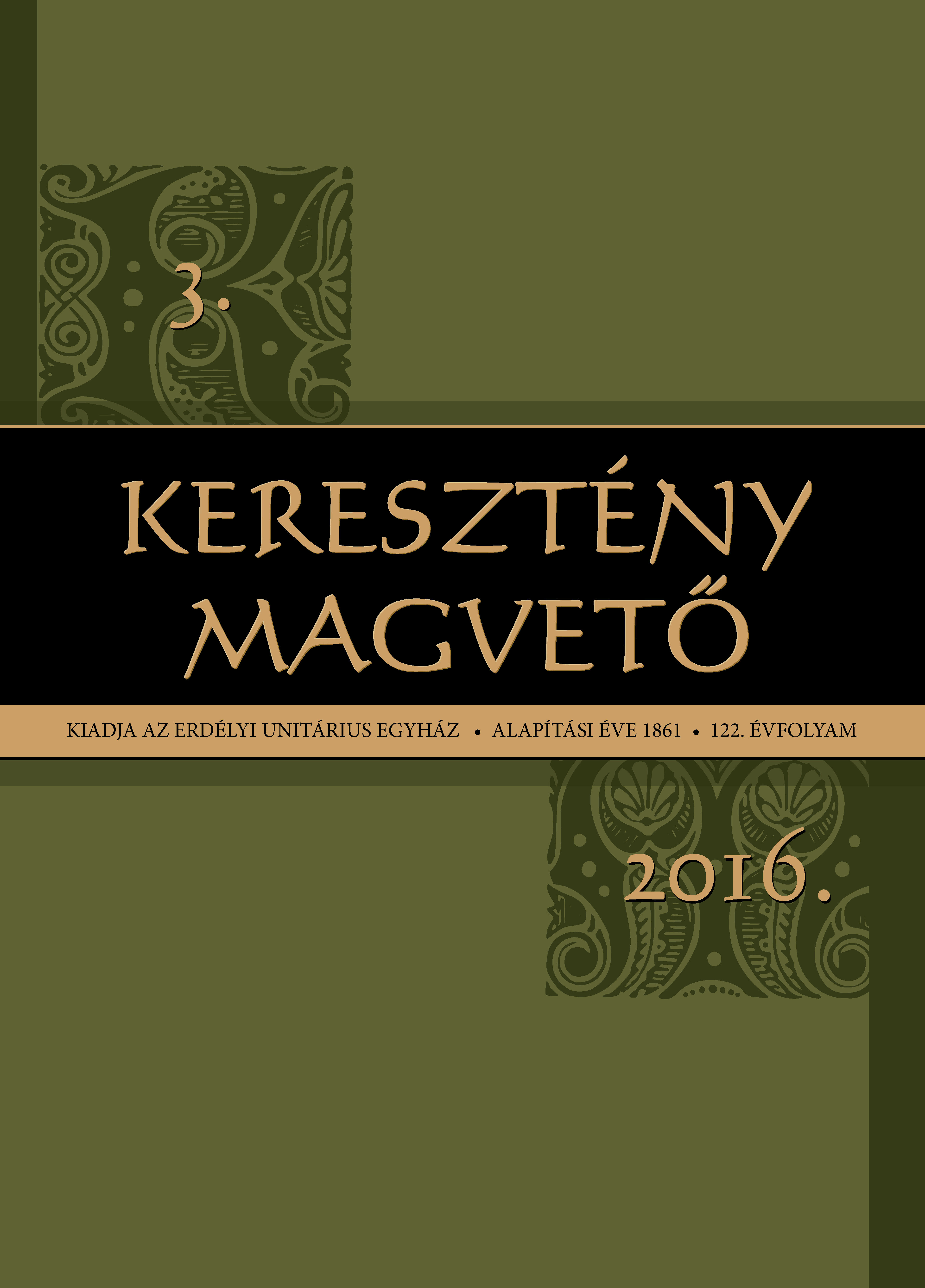Adatok Shakirov Sebestyén (1893–1966) festőművész és Kolozsvár kapcsolatáról
Regarding to Painter Sebestyén Shakirov’s (1893–1966) Relations with Kolozsvár (Cluj-Napoca)
Author(s): Beáta BordásSubject(s): Fine Arts / Performing Arts, Visual Arts
Published by: Erdélyi Unitárius Egyház
Keywords: Shakirov Sebestyén (1893–1966); painter; Nagybánya (Baia Mare) school for painters; plein-air; individual exhibition; Kolozsvár; Cluj- Napoca; Deva castle; Dávid Ferenc; Hungarian Unitarian Church
Summary/Abstract: This article deals with the unitarian painter, Sebestyén Shakirov’s life and works as well as his exhibitions held in Kolozsvár. Shakirov was a WW I soldier and prisoner from Kazany (Kazan), Russia who decided not to turn back home. Between 1920 and 1926, he attended the free painting school from Nagybánya (Baia Mare), at that time led by the famous painter János Thorma (1870–1937). In the upcoming years, he travelled and moved several times, discovering and depicting the landscapes of the Zsil (Jiu) valley and the now wiped off Danubian island, Ada Kaleh.In 1929, he married Mária Labina, and they settled in Nagybánya, populated by the well-known colony of painters. His wife introduced him to the Unitarian religion, and being interested in the origins of this religion, Shakirov started his field days to Déva (Deva). As a result, he created several artworks depicting the ruins of Déva fortress, the place of martyrdom of the first Unitarian bishop, Dávid Ferenc’s (Francis David) life.The present article sums up a research regarding the paintings found in the collection of the Hungarian Unitarian Church from Kolozsvár: there are eight artworks, five of them depicting the Déva fortress, one representing Dávid Ferenc as he gives his famous sermon that converted the city, one female portrait and a beautiful landscape from Ada-Kaleh island. The acquisition of these paintings was related with the individual exhibitions of Shakirov’s works, held in the rooms of the Unitarian College (1929, 1938). Besides these, the painter had several other exhibitions in Kolozsvár, with the support and encouraging critique of Lajos Kelemen (1877–1963), the Unitarian art historian and archivist.
Journal: KERESZTÉNY MAGVETŐ
- Issue Year: 122/2016
- Issue No: 3
- Page Range: 276-293
- Page Count: 18
- Language: Hungarian

